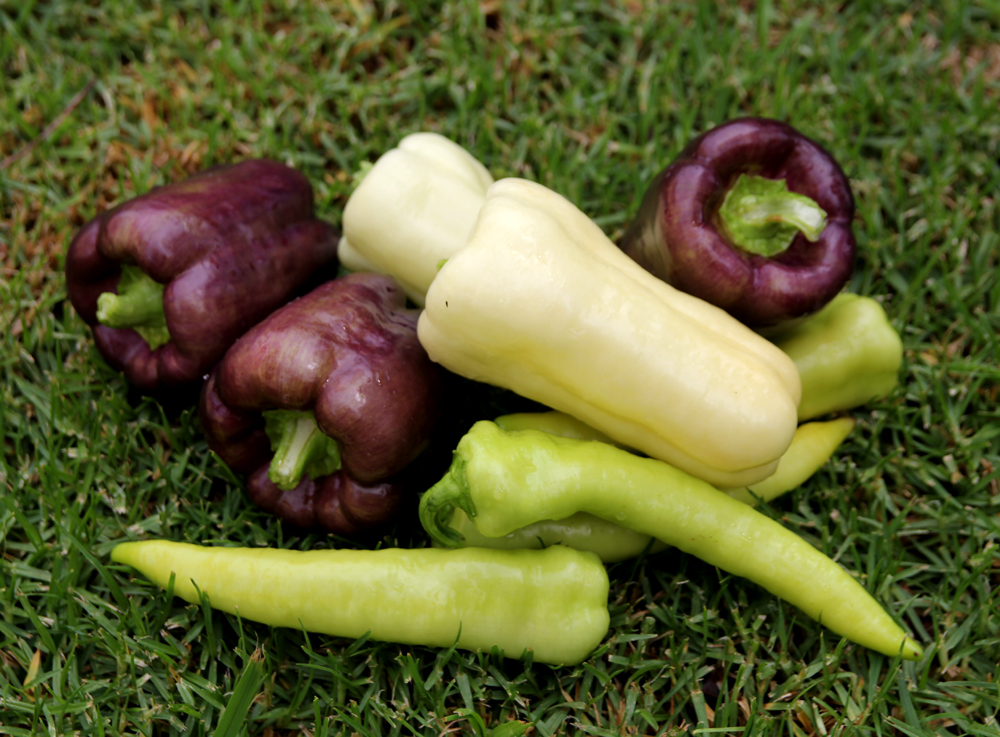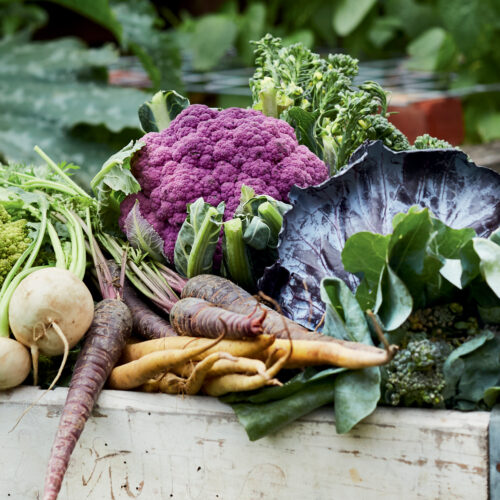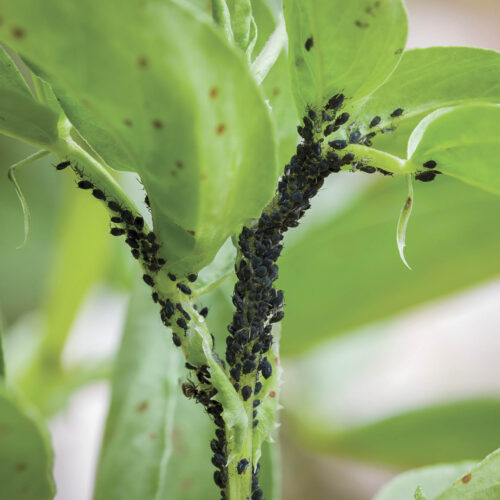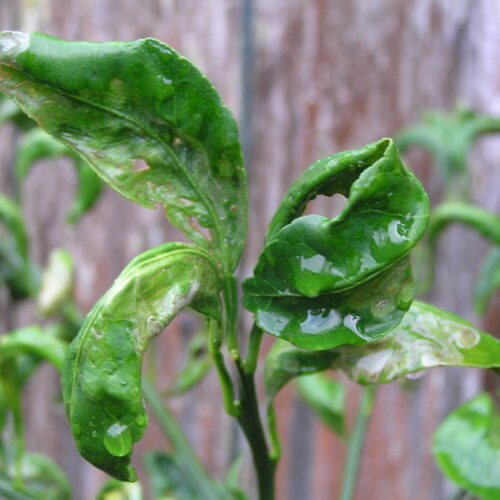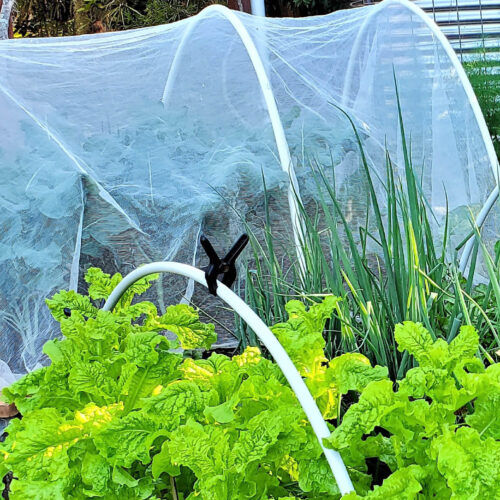Netting Works Wonders
2012-02-23T12:42:28+11:00
JUSTIN RUSSELL writes in praise of exclusion netting after harvesting his best ever crop of capsicums.
I’m having my best ever capsicum season, and I owe it all to a couple of pieces of old fashioned mozzie net. In summers past I’ve struggled to control fruit fly, and as a consequence, an unacceptable number of capsicums always got stung and dropped to the ground in a disgusting mess resembling an oozy blister. I tried organic baits and sprays, all to no avail. Bagging the fruit with exclusion bags worked to some extent, but I’d invariably miss the odd green fruit camouflaged amongst the foliage.
This summer, I’ve resorted to netting the plants. I’ve never been a raving fan of nets, simply because if I was to net every edible plant in my garden, our acre and a half would look downright ugly for six months of the year. But as usual, my stomach got the better of me. I cut up an old mosquito net we had stored in the linen cupboard, set up a simple frame made from stakes topped with upturned pots, then simply threw the two pieces of net over the capsicum plants. Like magic, we’re now picking lots of stunningly coloured bush ripened capsicums with barely a blemish.
It’s fair to say that I’m now converted to the wonder of nets. I’ve thrown them over some of my tomatoes. Same result as the capsicums – beautiful vine ripened fruit without the tell-tale rot ring where a female fruit fly has laid her eggs and maggots are turning the flesh to mush. The nets work wonders.
In fact I can only think of a couple of downsides to using exclusion netting. One is that it can exclude pollinators from those crops that need cross pollination by bees, so it only suits crops that are either self-pollinating, or flower all in one hit, and then set fruit. Theoretically, tomatoes fall into the former category, but the reality is a bit different.
Tomato, capsicum and eggplant flowers are pollinated by a process called “sonication”. This is sometimes known as “buzz pollination” and involves a bee vibrating the anthers within a tomato flower with the beating of its wings. Fortunately, the wind often does a good enough job on its own to vibrate the flowers, but for best results, I give buzz pollinated plants a gentle shake every couple of days to ensure the job gets done.
On crops like apples, which rely on bees physically transferring pollen from the flowers of one variety to another, it’s important that nets don’t go on until flowering has ceased and fruitlets begin to form. Otherwise, you’ll certainly exlcude the fruit fly, but you’ll also exclude the pollinators. The result: no fruit from the netted tree until at least next summer.

